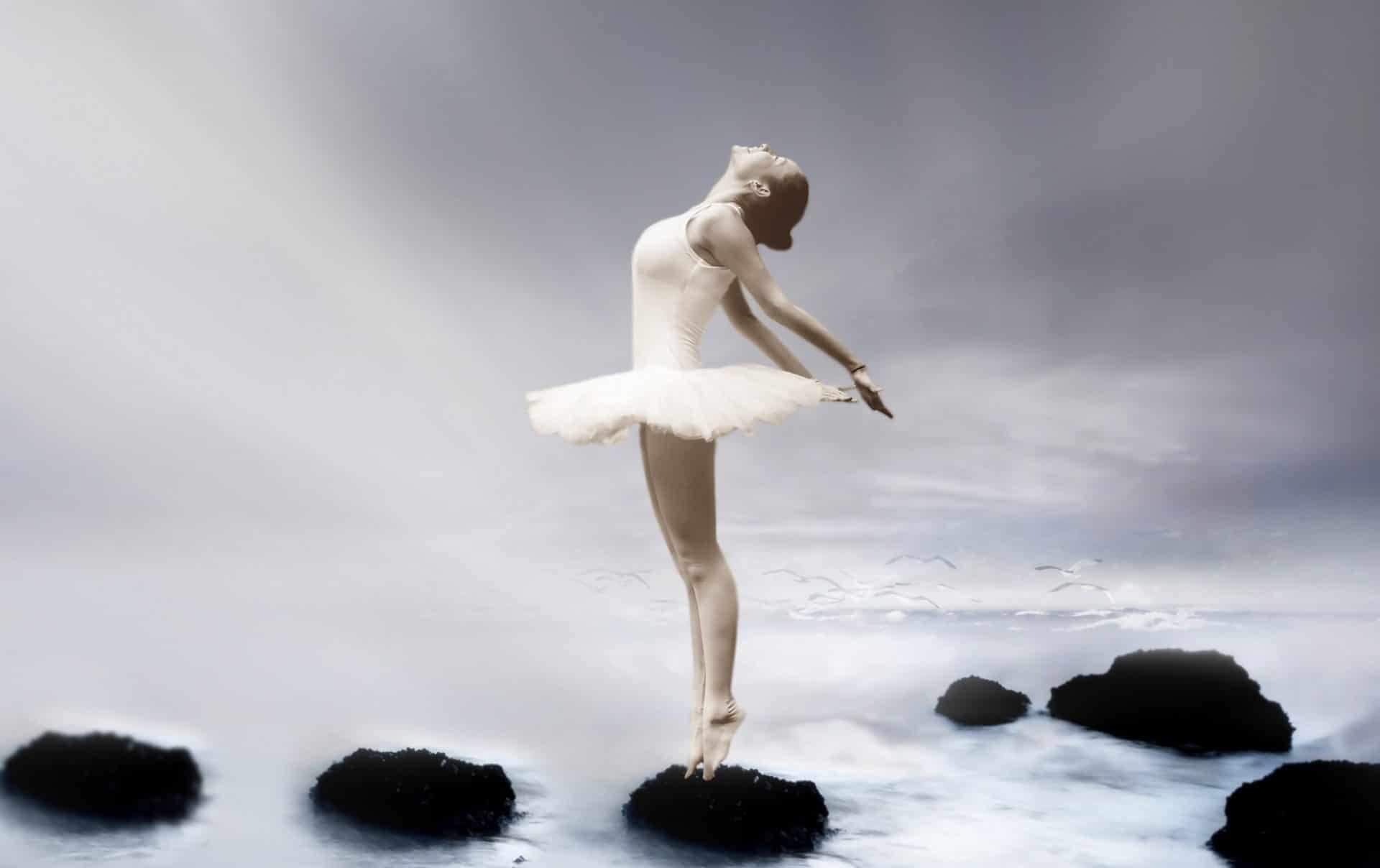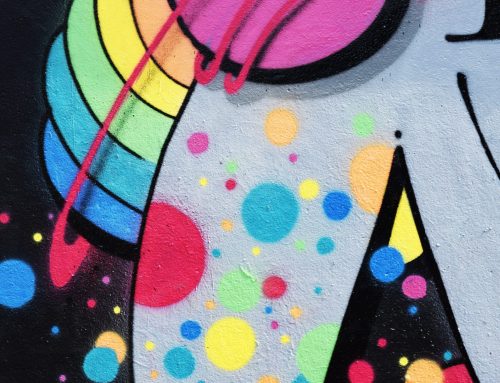What am I – a Dancer or a Change Consultant?
I’m a ballet dancer. No, I’m a change consultant. No, that’s not right either. I think I’m both. Let’s start again: My name is Carole Maleh. All my life, I’ve been a dancer. Musical dance was my destiny. “Over the Rainbow”, “Summertime”, “Fly Me to the Moon” – these were songs I’d always been able to sing.
One day, when I was 21, whilst preparing for my audition for the musical dancing school, I tore all the ligaments in my right knee. A career in dancing was out of the question. There was no way I was going to fully recover. I had to give up my dream of becoming a professional dancer. After recovering from the shock, I had to start all over again. Following the path of most of the people I knew, I went into business. I became a change consultant, to be precise and started my own company. Building up a market and supplying change consultancy for big companies became my new life’s purpose.
And yet, I’m now a dancer again. How did this happen? This is a whole new story! At the age of 52, I’m both dancer and a change consultant. Passionate about both skills and about connecting both worlds.
The parallels: Preparing, focussing, coordinating AND performing
A performance: Planned down to the smallest detail
Image you are going to see a classical ballet, for example Swan Lake. There’s a narrative. It’s easy to understand, with a coherent and interesting storyline. A story that lifts the heart of the audience. There is a cast with many roles, each entering right on cue at specific messages. Solos, duets or ensemble scenes fill the stage. Everyone knows right from the beginning of the project which part and role they have. There’s no meddling and no interfering. People in the background magically change the stage setting. Invisible hands pulling, lifting and lowering things to change the set. The music matches the story and the dance. Musicians of all kinds know their parts and their cues. There could be 30, 50 or 100 musicians. They are all in perfect alignment. And for two hours everyone fulfills their assigned role, whether on stage, in the orchestra or backstage. They are all a piece of the puzzle – known as the performance.
A change process: Teams and responsibilities
A change process has many parallels with a dance performance project. Usually the chance process peaks in a workshop (several) or change conference. In a performance or demonstration for a large number of people, very similar to an audience. There’s a story. A story which speaks of an urgent need for change, of a vision of the future and of the way to get there. This story is understood by the participants and stakeholders. It fills their hearts with hope and believe in the future. A better future for the benefit of all.
There are working teams of various kinds. There’s a steering group collecting data, analysing it them and developing a change concept. A leadership committee is supervising and making decisions. A marketing team is coordinating communication alongside the process. And there is a facilitation and logistic team carrying out workshops and conferences. Each group fulfils a role. Each team member is chosen carfully, to match their contribution to the project.
The strong will of a ballet dancer: Training before the show
A change process requires design and preparation. What needs to be achieved? Who is involved? What is needed and when? What must be changed and what should be kept? Weeks of development, discussion, discovery. Every angle must be examined. Every perspective considered.
The design phase offers the best foundation for succees in a change process. Skills are practiced, such as working in teams, focussing on the problem to be solved and the vision to be achieved. This phase places the emphasis on mapping and coordinating all aspects of the situation and learning about the strengths and weaknesses of the organization. It’s about exploring corporate history and culture, finding clues for solutions, searching for connecting threads. Transparency and communication between different target groups and stakeholders as well as commitment to the change, are further vital factors to producing a long-lasting change in the organization.
This is a phase of patience and persistence, hope and encouragement. It needs the strong will of a ballet dancer.
Everything fits together: Authentic movements
Every day dance training. Every day the same exercises, rigorously executed in minute detail. Every day working on improving technique, changing muscular habits, expanding flexibility and comprehension in order to memorize complex routines effortlessly.
Hard training to coordinate the parts of the body into a specific pose, always aware of the picture it should portray. Training to strengthen assets, until the previously unattained can be achieved. Graceful movements are the highest achievement. All parts moving in harmony, conveying a clear and authentic message to the audience.
This is very similar to a change process. Every move aligned both to the past or the upcoming vision. Every single meeting, every workshop and every change conference should not only deliver results, but convey a feeling of coherence, of trust and hope. People want to experience something that moves them in a way that binds them to the organization. And they want to feel the satisfaction in sensing that their efforts create benefits. Therefore, all actions need to be choreographed, always in harmony with corporate culture and need.
I could list many more things that ballet dance and change processes have in common. However, the analogy has already been made clear.
In the end, each culminates in a performance that should move people and organizations. A performance based on the power and the hope of all involved.
Grateful and much looking forward hearing from you
Yours, Carole

Was this of interest to you? Would you like to know more?
Please reach out to me.
+49/ (0) 173/ 62 61 62 8
cama@carole-maleh.com
www.carole-maleh.com






